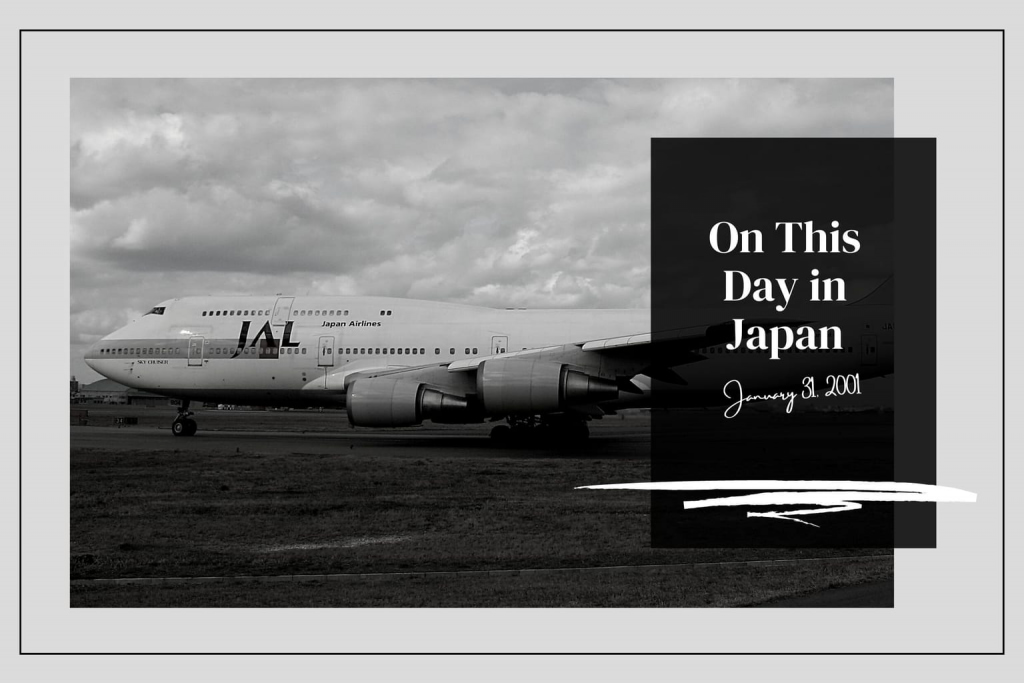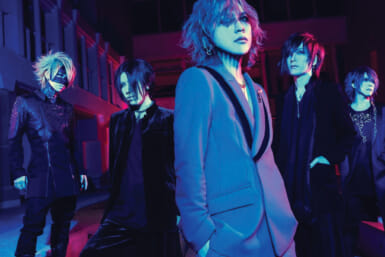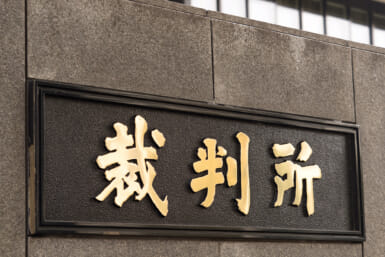On January 31, 2001, two Japan Airlines jetliners dramatically managed to avoid a mid-air collision by just 10 meters in what became known as the JAL near miss incident above Suruga Bay.
The narrow escape involved flight 907, a Boeing 747-400 carrying 411 passengers and 16 crew members en route from Haneda Airport in Tokyo to Okinawa’s Naha Airport. Heading in the opposite direction was flight 958, a McDonnell Douglas DC-10-40 with 237 passengers and 13 crew going from Gimhae International Airport in Korea to Narita Airport in Chiba. The two planes were scheduled to pass each other while 2,000 feet apart. So how did they come so close to a crash that would have surpassed the infamous 1977 Tenerife accident – in which 583 people died – as the worst aviation disaster in history?
Mixed Messages
Commanded by 40-year-old pilot Makoto Watanabe, flight 907 departed Haneda Airport at 15:36 local time. Just over 15 minutes had passed when it began climbing from around 35,000 feet to 39,000. The Traffic Collision Avoidance System (TCAS) sounded, instructing the plane to continue with its ascent, however, just before that an order to descend came in from Air Traffic Control (ATC) in Tokorozawa, Saitama.
Watanabe decided to follow the controller’s instructions. Hideki Hachitani, a 26-year-old trainee, was overseeing 14 different aircrafts at the time and had intended to give the descend order to flight 958 which was cruising at 37,000 feet. Realizing the two planes could potentially be on a collision course he tried to tell flight 958 to make an evasive right turn, however, the information didn’t reach the pilot.
Hachitani’s supervisor, Yasuko Momii, stepped in to try to take control of the situation. Unfortunately, she mixed up her numbers, commanding flight 957 (which wasn’t in the airspace) to climb instead of 907. The two planes were now heading for a potentially catastrophic collision. Observing the other aircraft approaching at the same altitude, Watanabe felt it could be more dangerous if he pitched up as there was insufficient thrust and that may have run the risk of stalling, so instead pitched down even further.
An Extremely Dangerous Situation
“After that I saw the other aircraft appear to pass from right to left at about eye level,” said Watanabe in a statement to the Aircraft and Railway Accidents Investigation Commission (ARAIC). “I indicated in the Captain’s Report that the closest vertical separation from the other aircraft was approximately 10 meters. While we were maneuvering to pass just below DC-10, it appeared to fill the forward right window, but we were able to avoid a midair collision.”
“The other plane appeared to be descending in the same way as us,” said Tatsuyuki Akazawa, captain of Flight 958 in his statement to the ARAIC. “I could see the top of the fuselage and I judged that it was increasing its descent rate, so I felt the situation was extremely dangerous. I think the other pilot felt the same, but we had no time to communicate and we both pulled back on the yokes simultaneously. He increased power. After that I made evasive maneuvers while looking outside…. a big aircraft passed below us in an instant.”
“I could see the top of the fuselage and I judged that it was increasing its descent rate, so I felt the situation was extremely dangerous. I think the other pilot felt the same, but we had no time to communicate […]”
The passengers on Flight 958 were shocked and shaken but not hurt as the plane arrived at Narita airport safely. Flight 907 wasn’t so fortunate. The captain had just turned off the fasten seatbelt sign prior to the incident and the cabin attendants had started serving drinks. Two of the 112-pound carts hit the ceiling, one of which jammed into the overhead support structure while the other hit a passenger. A boy was thrown across four rows of seats and one lady broke her leg. In total, 100 people were injured as a result of the near-miss, nine seriously, including two crew members. Fortunately, there were no fatalities.
The Fallout
Following the close shave above Suruga Bay in Shizuoka, the ARAIC petitioned the International Civil Aviation Organization (ICAO) to amend its regulations to make it clear that TCAS instructions should take precedence over directions from ATC. Calls for change grew louder after the 2002 Überlingen mid-air collision in Germany in which all 69 of those on board the Tupolev Tu-154 passenger jet and the two crew members of the Boeing 757 cargo jet were killed. The accident could have been avoided had the two planes followed the automated instructions rather than those from the controller. In November 2003, the ICAO revised its rulebook, ordering pilots to follow commands from TCAS over ATC.
Hachitani and Momii, the two controllers in charge of the airspace between flights 907 and 958, were indicted for professional negligence. Both pleaded their innocence to the charges at the first hearing at Tokyo District Court in 2004. Prosecutors were pushing for a 10 year-year sentence for Hachitani and 15 for Momii. On March 20, 2006, the pair were found not guilty by presiding judge, Hisaharu Yasui. Following an appeal, the decision was overturned. Hachitani was sentenced to 12 months’ imprisonment while Momii received an 18-month sentence. Both sentences were suspended for three years. The Supreme Court upheld the convictions in 2010.
For other “On This Day in Japan” articles, see:













